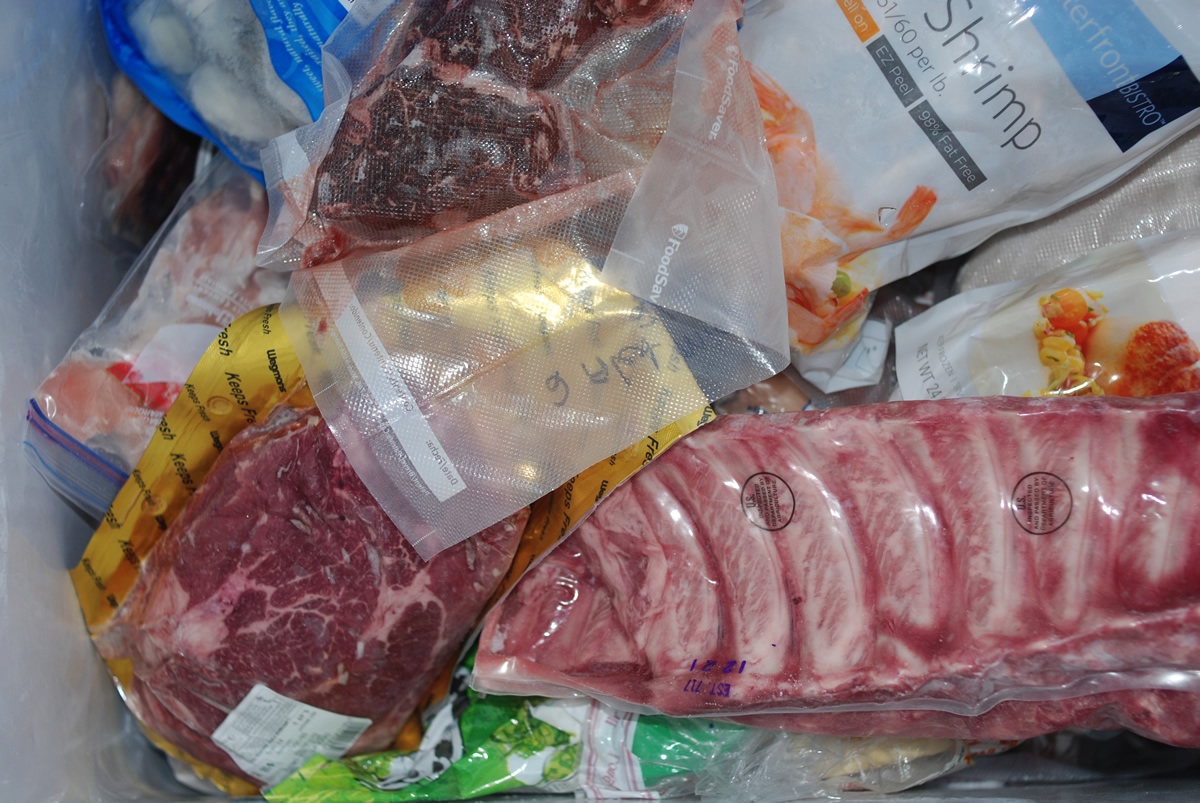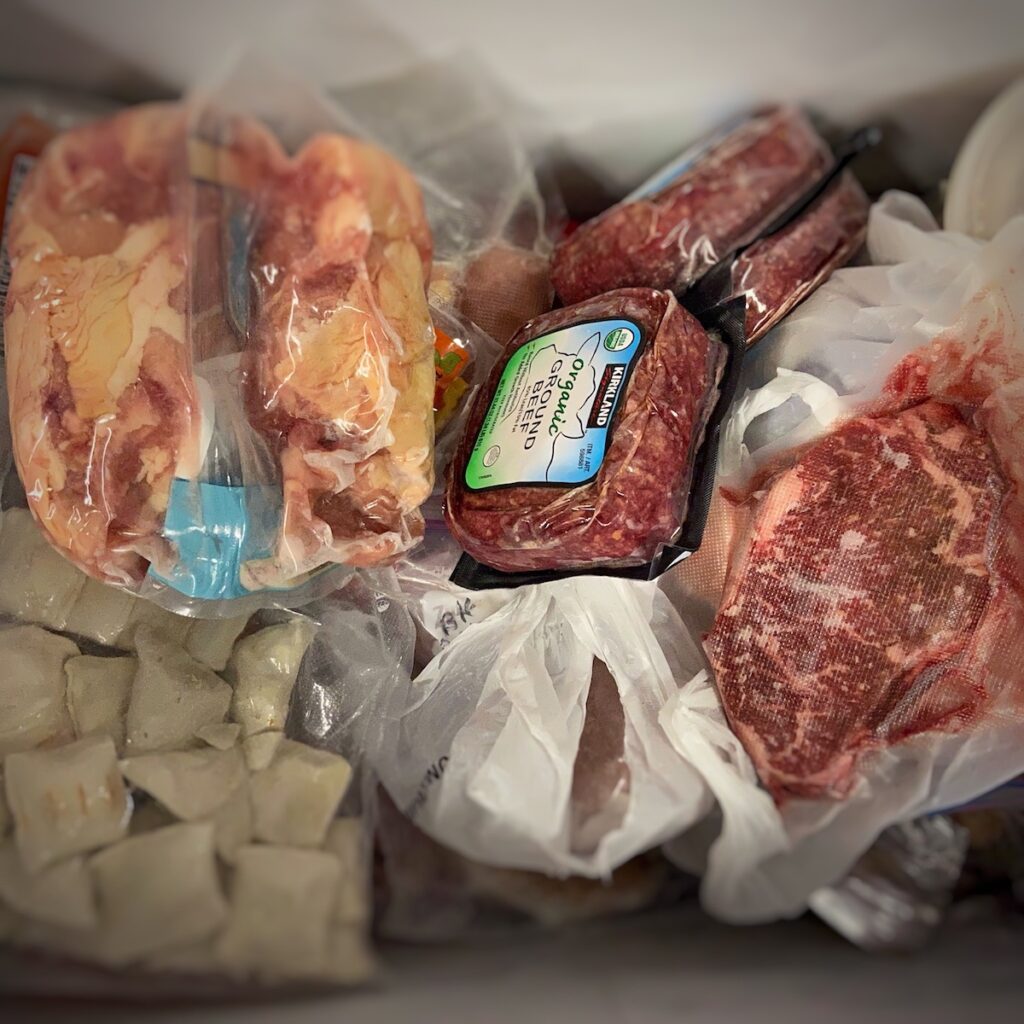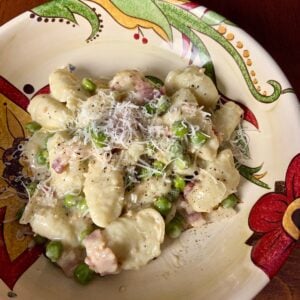How to Freeze Foods and Prevent Freezer Burn
Freezing is an effective way to preserve food and extend its shelf life. Frozen food can last for several months without losing its taste, texture, and nutritional value. In this article, we will discuss the best practices for freezing foods.
Choose the Right Packaging
The first step in freezing food is to choose the proper packaging. The packaging you choose should be airtight and able to withstand the low temperatures of your freezer. Suitable packaging materials include plastic containers, freezer bags, aluminum foil, and freezer paper. Glass containers can also be used for freezing, but make sure to leave enough headspace for the food to expand as it freezes.
Label and Date
Labeling and dating your frozen food is crucial. This helps you track what you have in the freezer and how long it has been there. Use a permanent marker to write the name of the food, the date it was frozen, and any other relevant information, such as cooking instructions.
Cool Food Before Freezing
Before freezing food, ensure it is cooled to room temperature or chilled in the refrigerator. Hot or warm food can raise the temperature of your freezer, leading to the growth of bacteria and spoilage of other frozen foods. Cooling the food also helps prevent freezer burn caused by moisture escaping from the food.
Use a Freezer-Safe Container
When freezing food, make sure to use a freezer-safe container. This means a container made for freezing food and can withstand the extreme temperatures of the freezer. Containers not freezer-safe can crack or break, causing freezer burn and ruining the food.
Avoid Overfilling Containers
When freezing food, make sure not to overfill the container. Instead, leave enough space for the food to expand as it freezes. Overfilled containers can cause the lid to pop off, leading to freezer burn and spoilage.
Freeze in Small Portions
Freezing food in small portions is a great way to save time and reduce waste. For example, you can freeze individual portions of soup, stews, or casseroles in small freezer bags or containers. This makes it easy to thaw and reheat only what you need instead of thawing and reheating the entire batch.
Use Freezer Bags
Freezer bags are a great way to freeze food, as they are durable and can be easily labeled. Remove as much air as possible when using freezer bags before sealing the bag. This will help prevent freezer burn and keep the food fresh.
Freeze Raw and Cooked Foods Separately
Raw and cooked foods should be frozen separately to avoid contamination. Raw meat, poultry, and seafood should be wrapped tightly in plastic wrap or put in a plastic bag before freezing. Cooked foods should be cooled before freezing and stored in an airtight container.
Keep Your Freezer Organized
Keeping your freezer organized is essential when freezing food. This makes it easy to find what you need and prevents food from getting lost or forgotten. Label and date everything in your freezer and group similar items together.
Freeze Foods Quickly
It is essential to freeze food as quickly as possible when freezing it. This helps prevent the formation of large ice crystals, which can cause freezer burn and spoilage. To freeze food quickly, place it in the coldest part of your freezer and avoid overcrowding.
Thaw Food Safely
When it comes time to use your frozen food, it is important to thaw it safely. The best way to thaw food is in the refrigerator, where it can thaw slowly and safely. You can also thaw food in the microwave or by placing it in a bowl of cold water. Never thaw food at room temperature.
How to Prevent Freezer Burn

Freezer burn is a condition that occurs when the surface of frozen food becomes dehydrated, resulting in a dry, discolored, and leathery appearance. Freezer burn is caused by the moisture in the food escaping and forming ice crystals on the surface, which can then evaporate, leaving the food exposed to air. Freezer burn can negatively affect the food’s texture, taste, and nutritional value.
There are several ways to prevent freezer burn from happening:
- First, use airtight packaging: Proper packaging prevents freezer burn. Use airtight containers or bags specifically designed for freezing, and make sure there is as little air as possible in the packaging.
- Wrap food tightly: Wrap food tightly in plastic wrap or aluminum foil before placing it in an airtight container or bag. This will help prevent air and moisture from contacting the food.
- Label and date: Always label and date the food before freezing so you know how long it has been in the freezer. Try to use the food within the recommended time frame.
- Freeze quickly: Freeze food quickly to prevent large ice crystals from forming. Place food in the coldest part of the freezer and avoid overcrowding the freezer.
- Keep the freezer at the right temperature: Maintain your freezer at a temperature of 0°F or lower. A warmer temperature can cause ice crystals to form more quickly, leading to freezer burn.
- Don’t refreeze thawed food: Once food has been thawed, it should not be refrozen. Refreezing can cause moisture to evaporate, resulting in freezer burn.
- Use a vacuum sealer: A vacuum sealer is a machine that removes air from a plastic bag before sealing it, creating an airtight seal. This can help prevent freezer burn by eliminating air and moisture.
- Use freezer-safe containers: Use containers that are specifically designed for freezer use. Unfortunately, not all containers can withstand the extreme cold of the freezer, and some may crack or break, leading to freezer burn.
- Avoid stacking: Stacking food in the freezer can cause pressure on the food, which can cause air to escape and freezer burn. Place food in a single layer to prevent this.
Meat and Chicken vs. Seafood
Yes, it’s generally recommended to freeze meat and chicken differently than seafood. This is because meat and poultry have different characteristics and can be stored differently than seafood to maintain their quality.
When it comes to freezing meat and chicken, there are a few key things to keep in mind:
- Freeze in small portions: Cut meat or chicken into smaller portions before freezing to make it easier to thaw and use.
- Wrap tightly: Wrap the meat or chicken tightly in plastic wrap or aluminum foil, then place it in an airtight container or freezer bag. This will help prevent freezer burn and keep the meat or chicken fresh.
- Label and date: Always label and date the meat or chicken before freezing so you know how long it has been in the freezer. Try to use the meat or chicken within the recommended time frame.
- Freeze quickly: Freeze meat or chicken as quickly as possible to prevent large ice crystals from forming. Please place it in the coldest part of the freezer and avoid overcrowding the freezer.
- Thaw safely: Always thaw meat or chicken in the refrigerator, never at room temperature.
When it comes to freezing seafood, there are a few additional things to keep in mind:
- Freeze fresh seafood: Freeze seafood as soon as possible after purchasing it to ensure it stays fresh.
- Vacuum seal if possible: If you have a vacuum sealer, use it to remove as much air as possible before freezing. This will help prevent freezer burn.
- Use freezer bags: If you don’t have a vacuum sealer, use a freezer bag and remove as much air as possible before sealing it.
- Freeze in small portions: Cut larger pieces of seafood into smaller portions before freezing to make it easier to thaw and use.
- Label and date: Always label and date the seafood before freezing so you know how long it has been in the freezer. Try to use the seafood within the recommended time frame.
- Avoid thawing and refreezing: Seafood should not be refrozen after it has been thawed, as this can cause the quality to deteriorate.
- Thaw safely: Thaw seafood in the refrigerator or cold water, never at room temperature.
While some of the steps for freezing meat and chicken are similar to those for freezing seafood, there are some significant differences to remember. Following these guidelines ensures that your frozen meat, chicken, and seafood stay fresh and high-quality for as long as possible.
Vegetables
Freezing vegetables is a great way to preserve their freshness and nutritional value. However, following a few guidelines ensures the vegetables freeze well and maintain their texture and flavor. Here are some tips for freezing vegetables:
- Blanch the vegetables: Blanching is a process where vegetables are briefly boiled or steamed before being frozen. This helps preserve the vegetables’ texture, color, and flavor. To blanch vegetables, boil them in water for 1-3 minutes (depending on the type of vegetable), then immediately transfer them to a bowl of ice water to stop the cooking process.
- Dry the vegetables: After blanching, dry the vegetables thoroughly with a clean towel or paper towel. This will help prevent ice crystals from forming on the vegetables, which can cause freezer burn.
- Freeze in small portions: Freeze the vegetables in small portions you will likely use in one sitting. This will make it easier to thaw and use the vegetables and help prevent freezer burn.
- Use airtight containers: Use airtight containers or freezer bags to store the vegetables. Remove as much air as possible from the container or bag before sealing it.
- Label and date: Always label the container or bag with the type of vegetable and the date it was frozen. Try to use the vegetables within the recommended time frame.
- Freeze quickly: Freeze the vegetables quickly to prevent large ice crystals from forming. Place the container or bag in the coldest part of the freezer and avoid overcrowding the freezer.
- Use within the recommended time frame: While frozen vegetables can last a long time in the freezer, it’s important to use them within the recommended time frame for the best quality.
Some vegetables, such as leafy greens, cucumbers, and tomatoes, are not well-suited for freezing because they can become mushy or lose their texture when thawed. However, many other vegetables freeze well, including:
- Green beans
- Carrots
- Corn
- Peas
- Broccoli
- Cauliflower
- Brussels sprouts
- Bell peppers
- Onions
- Squash
Following these guidelines ensures that your frozen vegetables maintain their texture, flavor, and nutritional value. Frozen vegetables can be a convenient and healthy addition to meals, making it easier to get your recommended daily intake of fruits and vegetables.

What About Defrosting Frozen Foods?
Thawing is crucial when cooking with frozen foods, as it allows the food to defrost and reach a safe temperature before cooking. Here are some tips for safely and effectively thawing different types of foods:
- Thaw in the refrigerator: The safest and most effective way to thaw food is in the refrigerator. Transfer the frozen food from the freezer to the refrigerator and allow it to thaw for several hours or overnight. This method works well for larger items such as roasts or whole chickens.
- Thaw in cold water: For smaller items such as meat cuts, seafood, or vegetables, you can thaw them in cold water. Place the frozen food in a leak-proof bag and submerge it in cold water. Change the water every 30 minutes until the food is thawed. This method is faster than thawing in the refrigerator but requires more attention.
- Thaw in the microwave: The microwave can be used to thaw foods such as bread, sliced meat, or vegetables. Follow the manufacturer’s instructions for defrosting and use the microwave’s defrost setting.
- Use immediately after thawing: Once the food is thawed, use it immediately or store it in the refrigerator. Do not refreeze food that has been thawed, as this can cause the quality to deteriorate.
Here are some additional tips for safely thawing specific types of foods:
- Meat and poultry: Meat and poultry should be thawed in the refrigerator or using the cold water method. Do not leave meat or poultry at room temperature to thaw, as this can promote the growth of harmful bacteria. Always use a meat thermometer to ensure that meat and poultry reach a safe internal temperature before cooking.
- Seafood: Seafood can be thawed in the refrigerator or using the cold water method. Be sure to remove any ice crystals or excess water before cooking. Do not refreeze seafood that has been thawed.
- Vegetables: Vegetables can be thawed in the refrigerator or using the microwave. Once thawed, use them immediately or store them in the refrigerator.
- Bread and baked goods: Bread and baked goods can be thawed in the refrigerator or using the microwave. To prevent the bread from becoming soggy, remove it from its packaging before thawing.
- Fruits: Fruits can be thawed in the refrigerator or at room temperature. Once thawed, use them immediately or store them in the refrigerator.
Thawing food safely is an essential step in cooking frozen foods. Always thaw food in the refrigerator, cold water, or microwave. Use a meat thermometer to ensure that meat and poultry reach a safe internal temperature before cooking.
Once thawed, use the food immediately or store it in the refrigerator. By following these guidelines, you can ensure that your thawed food is safe and high-quality.







